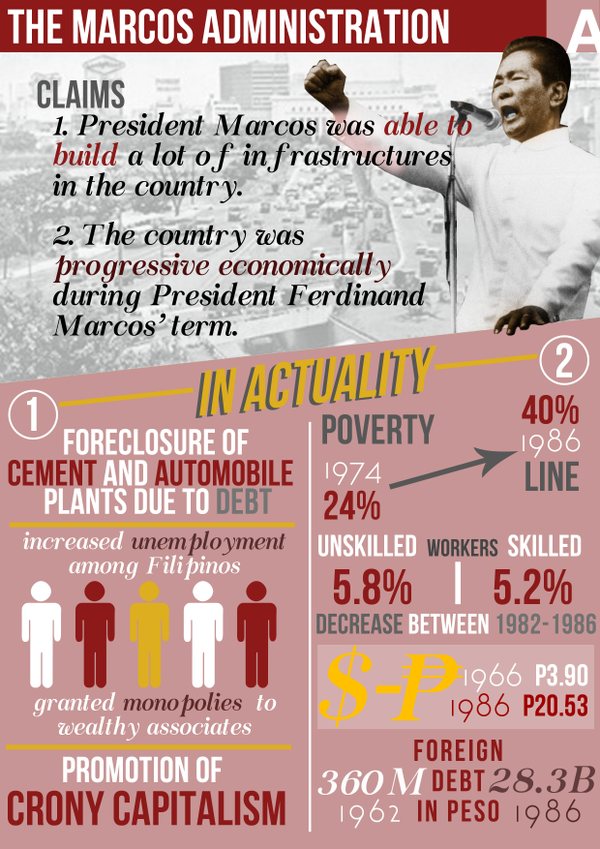The History And Philosophy Of Fighting Style: A Deep Dive
The History And Philosophy Of Fighting Style: A Deep Dive
Blog Article
Content Author-Ingram Montoya
Enter the old globe where martial arts were born out of necessity in varied regions. Cultures crafted unique combating styles intertwined with historical contexts. helpful resources advanced over centuries through devoted technique and social exchanges. Today, modern martial arts mix standard aspects for maximum efficiency. Philosophically, martial arts highlight discipline, self-improvement, and harmony. Regard, humbleness, and balance are fundamental principles leading experts in the direction of development and durability. Discover the midsts of this rich background and philosophy to discover the profound influences shaping this long-lasting self-control.
Beginnings of Fighting Style
Martial arts originated in different areas around the world, evolving as sensible combat systems to defend against threats. These old fighting designs were created out of necessity, with each society crafting strategies fit to their one-of-a-kind atmospheres and challenges. From the grappling arts of Jujutsu in Japan to the striking methods of Kung Fu in China, martial arts were deeply intertwined with the historic, social, and social textile of their respective cultures.
In Japan, the samurai course refined martial arts like Kenjutsu, the art of the sword, which later on evolved into the more promoted form of Kendo. On the other hand, in Brazil, Capoeira became a blend of dancing and combat, created by enslaved Africans as a method to withstand oppression. Each martial art brings with it a rich history and philosophy, mirroring the worths and beliefs of individuals who practiced them.
As you delve into the origins of martial arts, you discover a tapestry of human ingenuity, durability, and the unyielding spirit of warriors throughout time.
Advancement of Strategies
Via centuries of practice and improvement, battle techniques within various martial arts have undertaken an extensive advancement. From old designs like Martial art and Martial arts to more contemporary techniques such as Brazilian Jiu-Jitsu and Krav Maga, the development of techniques has actually been driven by a combination of cultural influences, useful applications, and technological improvements.
One significant facet of this evolution is the cross-pollination of techniques between different martial arts. For https://www.onefc.com/news/one-fight-night-13-allazov-vs-grigorian-results-and-highlights-for-every-match/ , techniques from typical Japanese Jiu-Jitsu were integrated right into the development of Judo by Jigoro Kano in the late 19th century. This blending of designs has resulted in the advancement of crossbreed martial arts like Mixed Martial Arts (MIXED MARTIAL ARTS), which incorporate aspects of striking, grappling, and submission strategies.
Furthermore, the evolution of methods has been formed by the raising emphasis on effectiveness and performance in fight. Professionals have actually constantly sought to improve their methods with extensive training, trial and error, and competition, bring about the advancement of extremely specialized and efficient battling designs. On the whole, the advancement of techniques in martial arts mirrors the vibrant nature of fight and the recurring quest for improvement and technology.
Philosophical Structures
Checking out the underlying philosophical principles of martial arts offers understanding right into their core worths and guiding beliefs. At the heart of numerous martial arts disciplines is the idea of self-control itself. By training your mind and body to serve as one natural unit, you cultivate self-control that prolongs beyond the dojo or gym into daily life. This self-control encompasses respect, humility, and self-control, shaping not simply your physical capacities but likewise your character.
An additional fundamental philosophical foundation in martial arts is the idea of continual self-improvement. The journey of understanding a martial art is relentless, with specialists continuously aiming to better themselves, both literally and mentally. This focus on development fosters durability, determination, and a development frame of mind that can be applied to all aspects of life.
Moreover, martial arts highlight the relevance of harmony and equilibrium. Techniques are created to utilize an opponent's power against them, highlighting the principle of producing and rerouting pressure rather than fulfilling it head-on. This ideology includes interpersonal connections, promoting peaceful resolutions and good understanding. By welcoming these thoughtful foundations, martial musicians not only boost their fight skills yet likewise grow a way of life fixated personal growth, regard, and consistency.
Verdict
In conclusion, the history and approach of martial arts provide an abundant tapestry of practice, self-control, and self-improvement.
Consider example the tale of Bruce Lee, that reinvented martial arts by blending various styles and ideologies to produce his own distinct type of Jeet Kune Do.
Through go here and advancement, martial artists remain to push boundaries and influence others to reach their complete capacity both in fight and in life.
